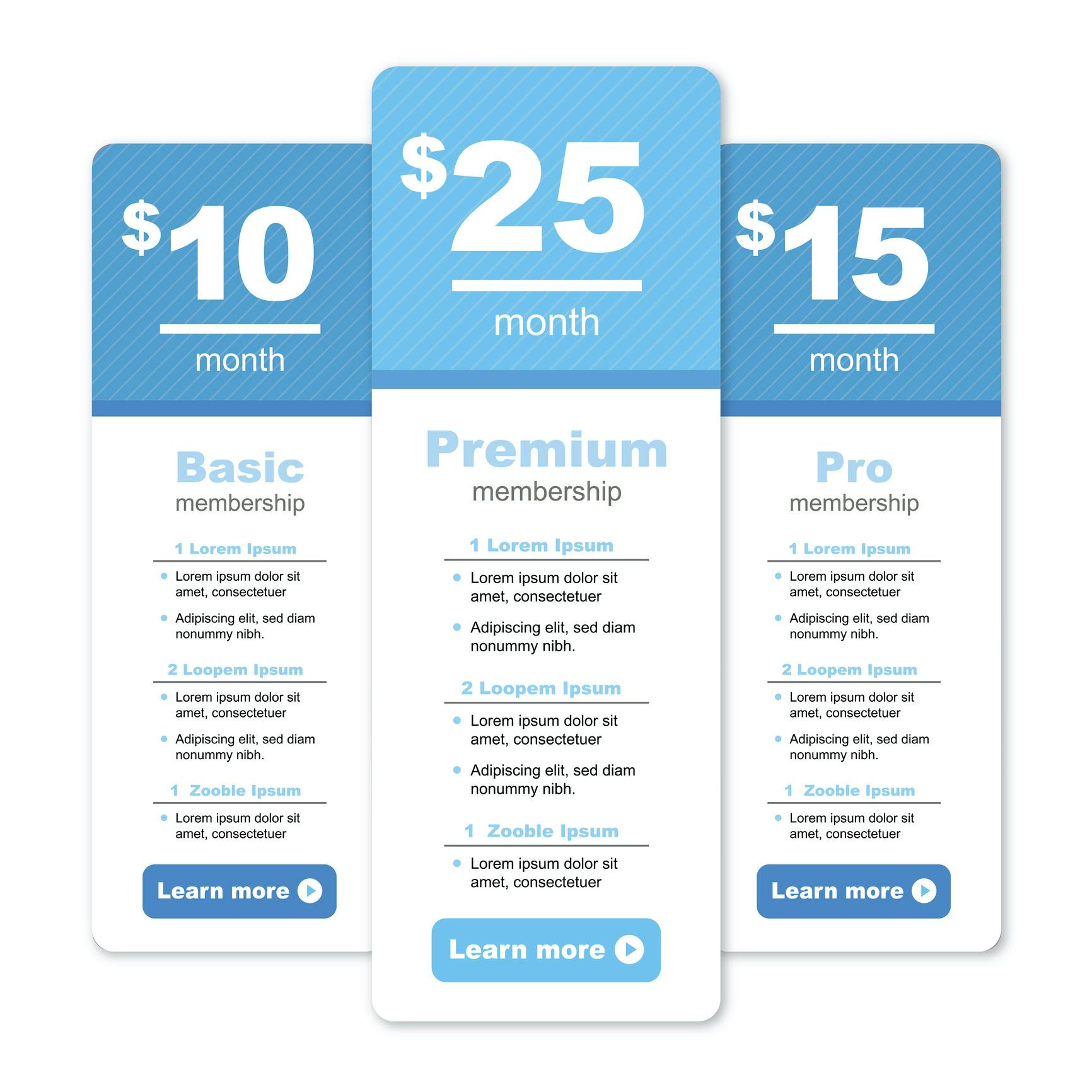The 6 Best E Commerce Strategies for Small Business

What is the best e-commerce strategy for your small business? Charging the going rate is a good start, but here’s how you can find the perfect pricing strategy to stand out for your small business.
What is E-Commerce?
E-commerce is the ability to buy and sell services and products online. Don’t know how to do it yet? There are several best and class, simple to use software suites that can help you get up and running.
Just selling physical goods? The absolute best is Shopify. You’ll be selling your physical products in no time. Seriously – look no further for an e-commerce strategy for your small business. It’s all you need.
Selling services? Like landscaping, house cleaning, or others? The best for that is Yottled. You’ll be scheduling time, automating payments, marketing, and more.
How do I Price My Products and Services?
We’ve got those answers too. Let’s dig in.
Economy Pricing
If you are just starting out, consider setting your prices slightly lower than the competition to be a more affordable option. Economy pricing can be a good way to build a client list. You can raise your prices as you gain experience.
Economy pricing might also look like discounts for new customers, senior citizens, and so on. Can you charge a sliding scale as people are able to pay? That pricing strategy might not work for every small business, but it can endear you to your customers.
Don’t know how to list your products and services online yet? Use an all-in-one tool like Yottled to get started.
KISS (keep it simple stupid) Pricing
Ever look at too many options and think “I’ll never be able to choose?” There have been numerous studies that have documented how consumers are overwhelmed with choice. Keeping it simple and easy for a person to make a decision will only make it easier for you to convert them in the long run.
Discounted Pricing
Everyone loves getting a deal. Setting higher price points and then consequently negotiating down or offering coupons is another great way to incentivize clients to sign up. It creates pressure for them to make a decision. It’s a great pricing strategy, especially if you’re just starting your small business.
Value Add Pricing
If your upfront costs make it too expensive for you to discount rates or you are aiming for a high-end market, value-add pricing is where you’ll find your sweet spot. Value-add pricing means you are creating more value for the same price. You could still start by researching pricing of your competitors locally or within your industry. Then, figure out what value you add above and beyond what your competitors are offering, and market your pricing based on those extras.
Some businesses do this silently by creating a more comfortable or luxurious office experience for customers, having a more stylish or convenient location, or having expertise that allows them to work with a high-end clientele.
Bundle Pricing
Bundle pricing helps you move more services and products at once. Create a package where clients save money by buying multiple visits up front in a bundle. Or, bundle multiple services and products into one package.
Tier Pricing
Finally, there’s tier pricing. Also sometimes called productized consulting, tiered pricing is perfect for small businesses that have several different levels of service and products. Post your pricing or your service levels on your website so it’s easy for clients to see what you offer. Create a base tier with your simplest service, a middle tier that offers more value, and then a high-end tier that’s all-inclusive.